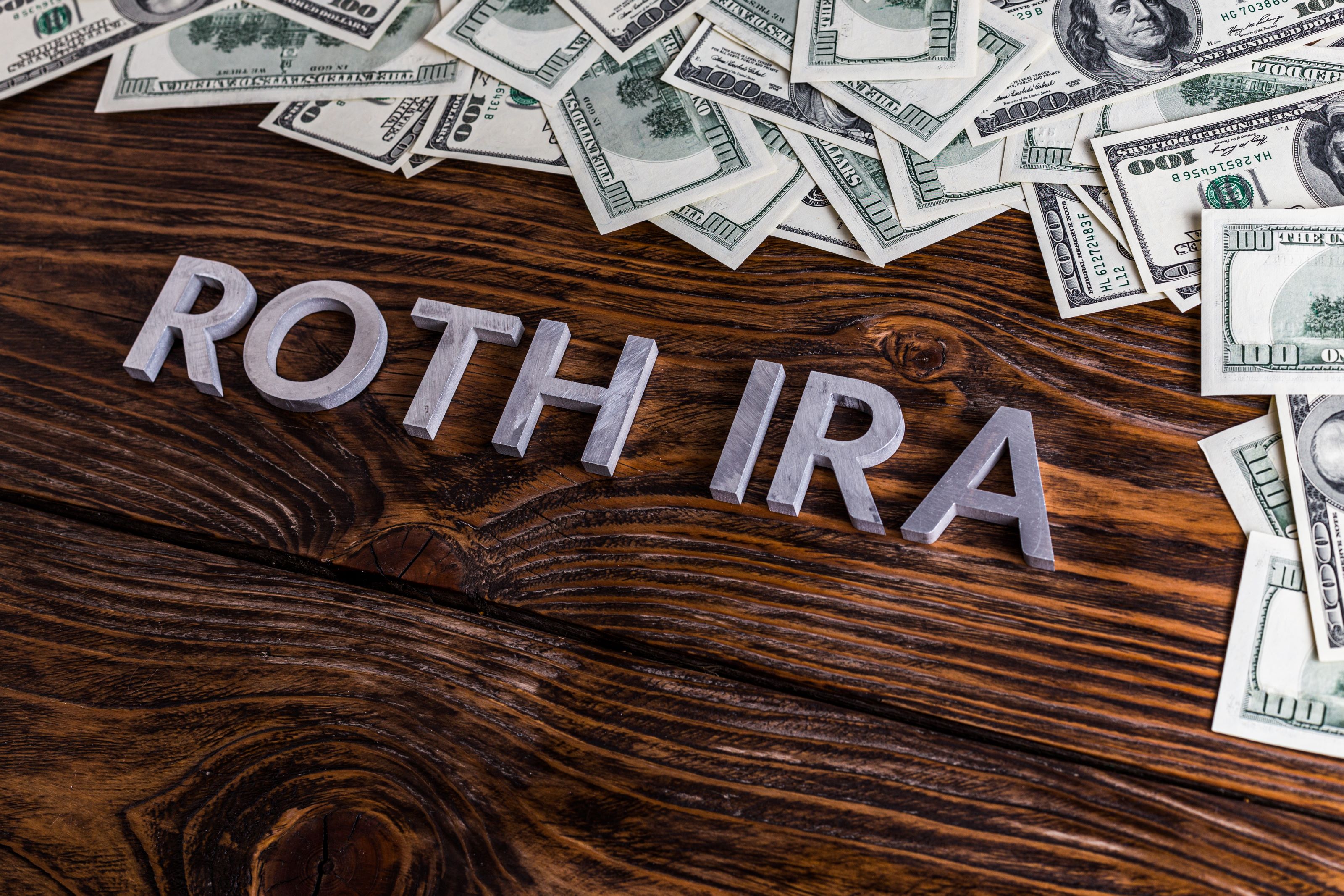A Consumer-Friendly Way to Calculate Interest
Credit-card holders who carry a balance soon will see a reduction in their finance charges thanks to a new method of figuring interest.
Many credit-card issuers are changing the way that they calculate interest. They're switching from the widely criticized dual-cycle method to the average daily balance method to demonstrate that they can be consumer-friendly -- and to preempt Congress from mandating more drastic changes.
Chase, the second-largest card issuer, switched in January, saying that its action would reduce finance charges for consumers with a balance. Discover Card soon followed suit for some of its credit cards. Bank of America, Capital One and Citigroup all use the average daily balance method.
| Row 0 - Cell 0 | Best Credit Card Deals |
| Row 1 - Cell 0 | A Catch to Balance Transfer Offers |
| Row 2 - Cell 0 | Hidden Credit Card Fees |
With the average daily balance method, your balance at the of each day, minus any credits, is entered and added up. (New purchases may or may not be included, depending on the issuer's policy; check the terms and conditions for this information.) The total is then divided by the number of days in the billing cycle, and the result is the balance on which you owe interest.
From just $107.88 $24.99 for Kiplinger Personal Finance
Become a smarter, better informed investor. Subscribe from just $107.88 $24.99, plus get up to 4 Special Issues

Sign up for Kiplinger’s Free Newsletters
Profit and prosper with the best of expert advice on investing, taxes, retirement, personal finance and more - straight to your e-mail.
Profit and prosper with the best of expert advice - straight to your e-mail.
With the dual-cycle method, any month that you carry a balance, the issuer calculates your average daily balance based on the previous month's and the current month's purchases. The difference in the amount of interest you owe could be significant. If you paid $990 of a $1,000 bill in April, leaving a $10 balance in May, you could owe $11 in interest, assuming an interest rate of 13.2% and no new charges. With the average daily balance method, you might owe as little as 11 cents.
For the best credit card deals, see our tables.
Profit and prosper with the best of Kiplinger's advice on investing, taxes, retirement, personal finance and much more. Delivered daily. Enter your email in the box and click Sign Me Up.
-
 Premium Rewards Cards: More Perks, Higher Fees
Premium Rewards Cards: More Perks, Higher FeesSome issuers are hiking the annual fee on their flagship luxury credit cards by hundreds of dollars. Are they still worth using?
-
 3 Trips to Escape the Winter Doldrums, Including An Epic Cruise
3 Trips to Escape the Winter Doldrums, Including An Epic CruiseThree winter vacation ideas to suit different types of travelers.
-
 The Retirement Income Trinity: Cash Flow, Longevity and Tax
The Retirement Income Trinity: Cash Flow, Longevity and TaxRetirement income planning is essential for your peace of mind — it can help you maintain your lifestyle and ease your worries that you'll run out of money.
-
 9 Types of Insurance You Probably Don't Need
9 Types of Insurance You Probably Don't NeedFinancial Planning If you're paying for these types of insurance, you may be wasting your money. Here's what you need to know.
-
 Amazon Resale: Where Amazon Prime Returns Become Your Online Bargains
Amazon Resale: Where Amazon Prime Returns Become Your Online BargainsFeature Amazon Resale products may have some imperfections, but that often leads to wildly discounted prices.
-
 Roth IRA Contribution Limits for 2026
Roth IRA Contribution Limits for 2026Roth IRAs Roth IRAs allow you to save for retirement with after-tax dollars while you're working, and then withdraw those contributions and earnings tax-free when you retire. Here's a look at 2026 limits and income-based phaseouts.
-
 Four Tips for Renting Out Your Home on Airbnb
Four Tips for Renting Out Your Home on Airbnbreal estate Here's what you should know before listing your home on Airbnb.
-
 Five Ways to a Cheap Last-Minute Vacation
Five Ways to a Cheap Last-Minute VacationTravel It is possible to pull off a cheap last-minute vacation. Here are some tips to make it happen.
-
 How Much Life Insurance Do You Need?
How Much Life Insurance Do You Need?insurance When assessing how much life insurance you need, take a systematic approach instead of relying on rules of thumb.
-
 When Does Amazon Prime Day End in October? Everything We Know, Plus the Best Deals on Samsonite, Samsung and More
When Does Amazon Prime Day End in October? Everything We Know, Plus the Best Deals on Samsonite, Samsung and MoreAmazon Prime The Amazon Prime Big Deal Days sale ends soon. Here are the key details you need to know, plus some of our favorite deals members can shop before it's over.
-
 How to Shop for Life Insurance in 3 Easy Steps
How to Shop for Life Insurance in 3 Easy Stepsinsurance Shopping for life insurance? You may be able to estimate how much you need online, but that's just the start of your search.